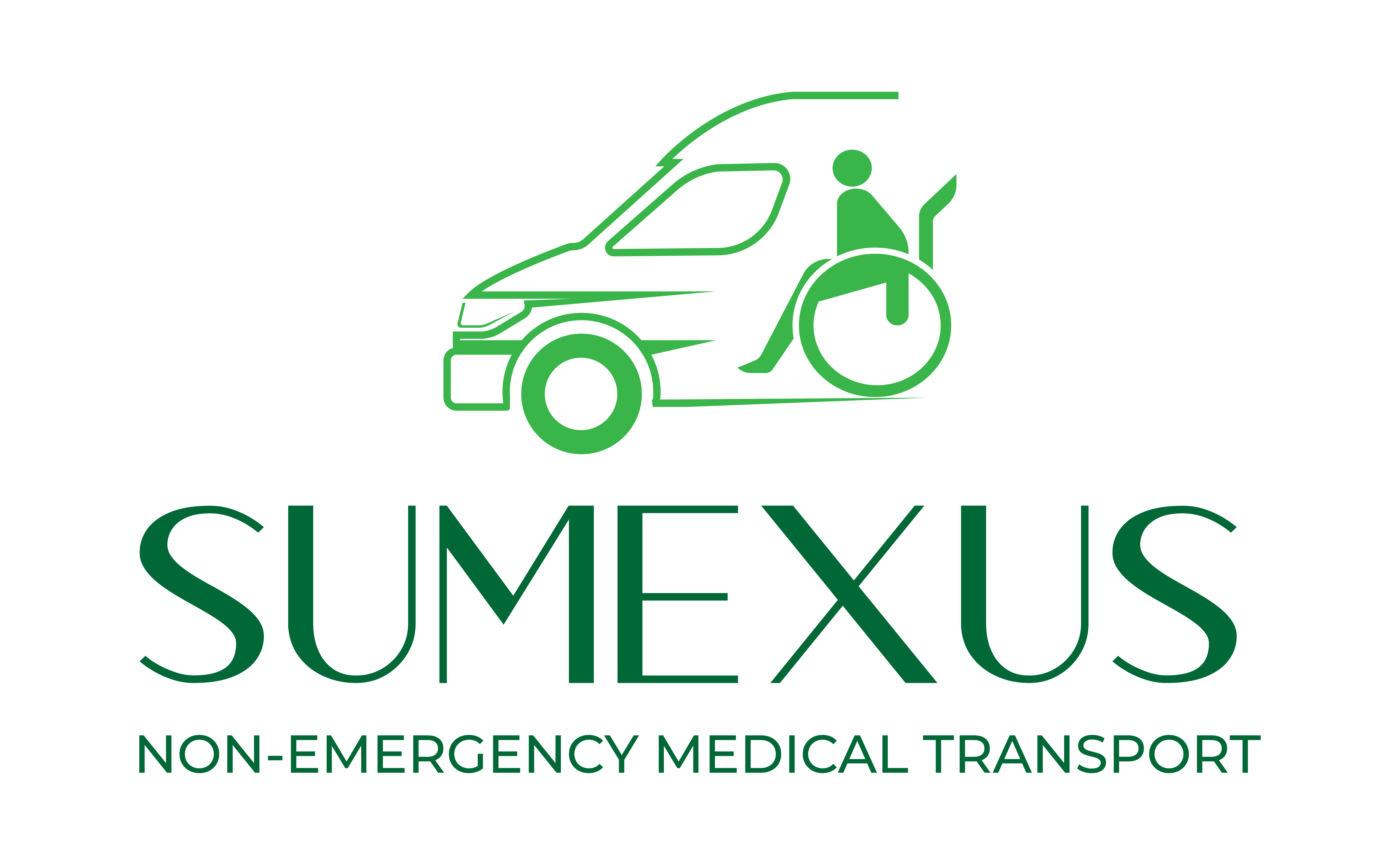Wheelchair Medical Transportation - Ensuring Access And Mobility
Wheelchair medical transportation is a critical service designed to support individuals with mobility impairments in accessing healthcare and other essential services. It involves specialized transportation that accommodates wheelchairs and provides necessary medical support, ensuring that people with disabilities can travel comfortably and safely. This article explores the significance of wheelchair medical transportation, the types of services available, and the challenges faced by both providers and users.
The Importance of Wheelchair Medical Transportation
For individuals with severe mobility impairments, traditional modes of transportation may not be feasible or safe. Wheelchair medical transportation plays a crucial role in filling this gap by providing services tailored to meet the unique needs of these individuals. It ensures that people with disabilities can attend medical appointments, receive treatment, and maintain their quality of life.
Key Benefits
-
Access to Healthcare: Regular medical appointments are essential for managing chronic conditions, monitoring health status, and receiving ongoing treatment. Wheelchair medical transportation ensures that patients can attend these appointments without the stress or risk of inadequate transportation.
-
Safety and Comfort: Specialized vehicles are equipped with features like secure wheelchair restraints, accessible ramps, and space for caregivers. This setup not only ensures safety during transit but also enhances the overall comfort of the journey.
-
Independence and Dignity: Reliable transportation services contribute to a person’s independence by reducing their reliance on family members or caregivers for transportation. This fosters a sense of dignity and self-sufficiency.
Types of Wheelchair Medical Transportation Services
-
Ambulance Services: For emergencies or situations requiring medical supervision, ambulance services with wheelchair accessibility offer the highest level of care. These vehicles are staffed with trained medical personnel and equipped with necessary medical equipment.
-
Non-Emergency Medical Transportation (NEMT): NEMT services cater to individuals who need transportation to and from medical appointments but do not require emergency medical attention. These vehicles are typically designed to accommodate various types of wheelchairs and often include trained drivers who assist with the boarding and disembarking process.
-
Paratransit Services: Offered by many public transportation systems, paratransit services are designed for individuals with disabilities who cannot use regular public transit. These services often include door-to-door pickup and drop-off and are particularly useful for routine appointments and daily activities.
-
Private Transportation Services: Some private companies offer specialized wheelchair transportation services that provide a higher level of comfort and flexibility compared to public or semi-public options. These services can be scheduled in advance and often offer a range of vehicle types and amenities.
Challenges in Wheelchair Medical Transportation
Despite its importance, wheelchair medical transportation faces several challenges that can impact its effectiveness and accessibility.
-
Accessibility and Availability: The availability of specialized transportation services can be limited, particularly in rural or underserved areas. This lack of access can result in missed appointments and delays in receiving necessary medical care.
-
Cost: Cost is a significant barrier for many individuals requiring wheelchair medical transportation. While some services may be covered by insurance or government programs, out-of-pocket expenses can still be substantial. This financial burden can deter individuals from seeking necessary medical care or lead to increased stress and financial strain.
-
Quality and Safety: Ensuring that all transportation providers meet high standards of safety and quality is essential. Variability in service quality can lead to discomfort or even unsafe conditions during transit. There is a need for consistent training for drivers and adherence to safety protocols to address these concerns.
-
Scheduling and Reliability: Timeliness is crucial for medical appointments, and delays in transportation can disrupt schedules and cause inconvenience. Ensuring that services run on time and adhere to scheduled appointments is essential for maintaining the efficacy of medical care.
Advancements and Innovations
The field of wheelchair medical transportation is evolving, with advancements aimed at improving accessibility, safety, and efficiency.
-
Technological Integration: Advancements in technology are enhancing the capabilities of transportation services. GPS tracking, real-time scheduling apps, and automated dispatch systems are improving efficiency and communication between providers and users.
-
Vehicle Design Improvements: New designs in accessible vehicles focus on increasing comfort and safety. Innovations include better wheelchair securement systems, adjustable seating arrangements, and enhanced accessibility features.
-
Increased Awareness and Advocacy: Growing awareness about the needs of individuals with disabilities has led to increased advocacy for better services. Organizations and advocacy groups are working to improve policies, funding, and service standards in wheelchair medical transportation.
Conclusion
Wheelchair medical transportation is an essential service that supports the mobility and independence of individuals with disabilities. By providing access to healthcare and enhancing quality of life, these services play a vital role in the healthcare ecosystem. Addressing challenges related to accessibility, cost, quality, and scheduling is crucial for improving these services. As technology and advocacy efforts continue to advance, there is hope for a future where wheelchair medical transportation is universally accessible, reliable, and supportive of all individuals in need.
